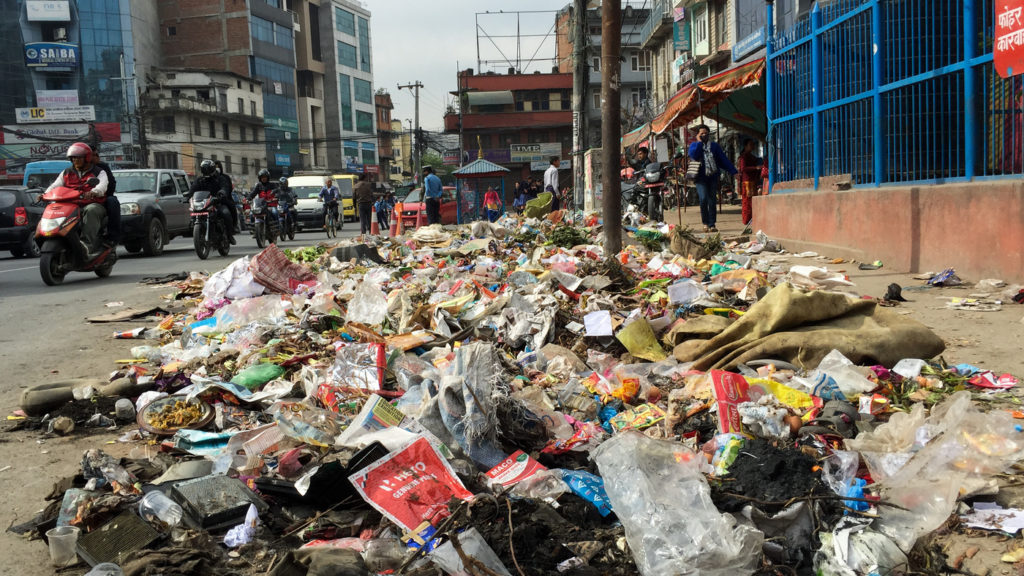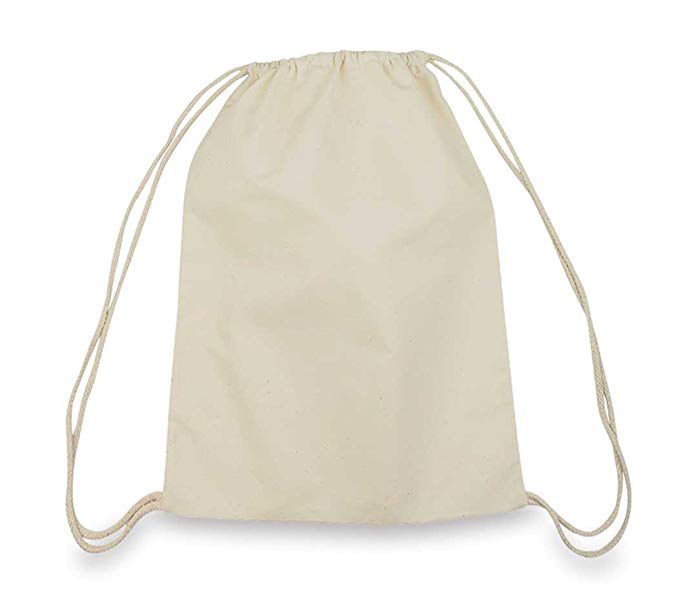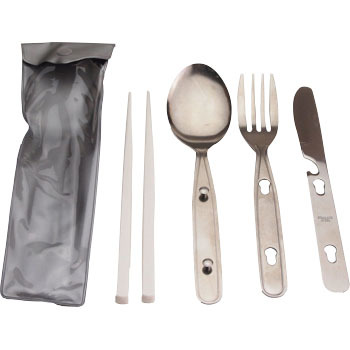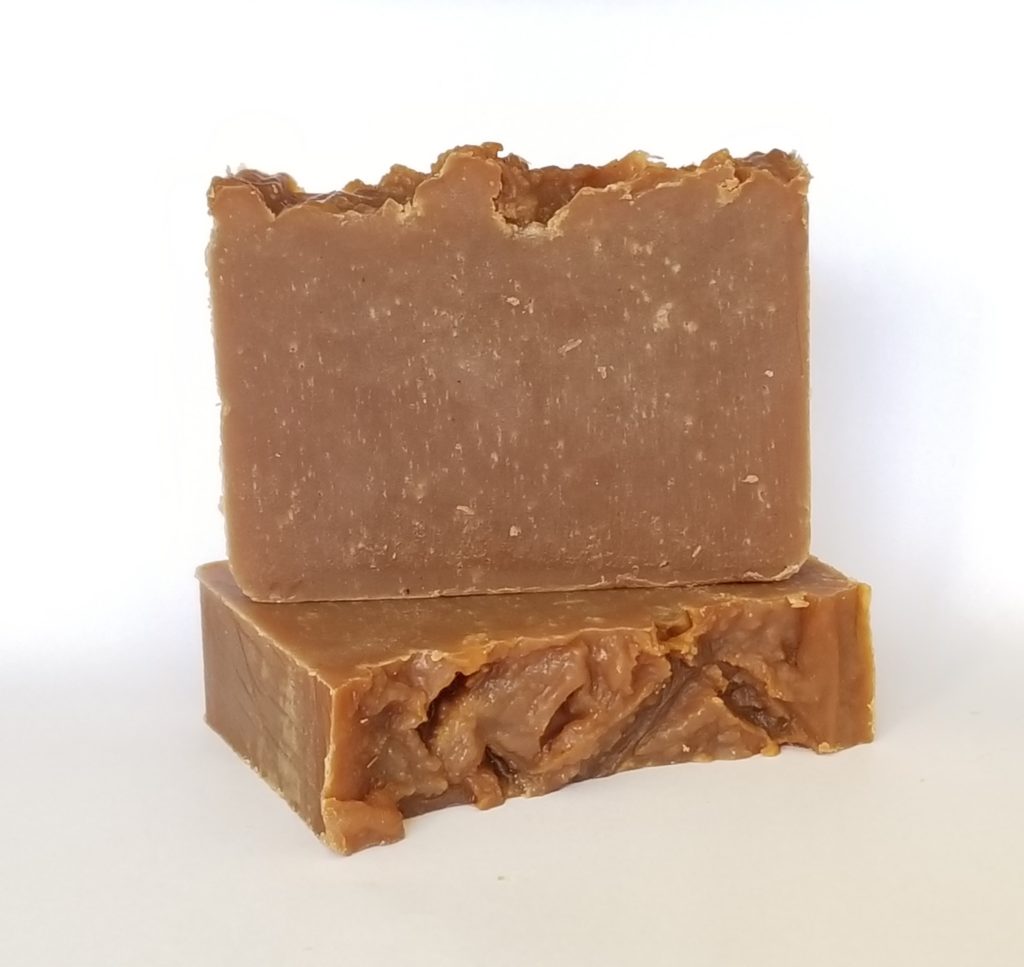The Wake-up Call
Four and a half years ago we caught a one-way flight out of our little country, yet shameless to say, we weren’t too cautious on the amount of waste we produced before embarking on this journey. We assumed separating waste and using reusable bags was sufficient from our side as consumers.
This idea changed drastically with every month of visiting a new place, a new country, and discovering some daunting new truth.
Our first big shocker came to us when we were working in a particular place in New Zealand and learnt they burnt a substantially huge amount of plastic as recycling was too expensive.
We had no option or say, and hoped it wasn’t done across the other Towns too.

Unfortunately, once we hit Asia, visiting places such as Indonesia, Vietnam, Philippines and India, plastic and the amount of waste produced came as a complete shock to us and a wake-up call.
We do understand in most cases, it comes from the government’s side not providing collection of garbage and lack of education in the matter, but seeing waste (mostly plastic) being thrown casually and generously in the sea, being burnt, dumped in forests, thrown in rivers which are a source of drinking water, and disposed of everywhere you look, was a heartbreak.
What did we promise ourselves?
We know we are just two people – insignificant to the amount of crowds who lack awareness and access to proper facilities and greener alternatives, however, we truly believe every little counts. One less plastic bag is one less for a whale to ingest. One less straw is one less turtle potentially suffocating on. It is not easy, especially whilst traveling, but we try to adapt and try our very best over the things we, as travellers, HAVE control over:
- Stop accepting PLASTIC BAGS.
 We carry our own reusable cloth bags, and in cases of emergency, have improvised tying up a jacket or something to use as a carry-bag.
We carry our own reusable cloth bags, and in cases of emergency, have improvised tying up a jacket or something to use as a carry-bag. - Buy REUSABLE CUTLERY. Buy local bamboo straws to refuse plastic ones. Carry your own water bottles, metal cups and metal camping cutlery which can prevent from using disposable ones when either taking away food, or even be served plastic cutlery at local eateries.
 We also carry our own wooden chopsticks (In some countries, most chopsticks were disposable and were wrapped in plastic). We refill water as much as we can, even at a small cost, and drink filtered/boiled water when available.
We also carry our own wooden chopsticks (In some countries, most chopsticks were disposable and were wrapped in plastic). We refill water as much as we can, even at a small cost, and drink filtered/boiled water when available. - Find alternatives to HYGIENIC PRODUCTS. Body shampoos are now replaced with local soap which usually comes in a cardboard box.
 We have ditched conditioners in general. Use talcum powder instead of roll ons which last longer. Do not use any makeup or other beauty products apart from Coconut Oil. Unfortunately, it is difficult to find hair shampoo bars, toothpaste tablets, or refills when traveling, so the only temporary solution we figured out was to buy in larger amounts instead of carry 100ml bottles.
We have ditched conditioners in general. Use talcum powder instead of roll ons which last longer. Do not use any makeup or other beauty products apart from Coconut Oil. Unfortunately, it is difficult to find hair shampoo bars, toothpaste tablets, or refills when traveling, so the only temporary solution we figured out was to buy in larger amounts instead of carry 100ml bottles. - Try and EDUCATE the people we meet. Most people either keep questioning us, or get offended for advising. In cases where businesses use greener alternative, we congratulate and motivate them, and the times we clean up areas, people start offering help which hopefully can leave a good impact.
- Live MINIMAL. Ever since we traveled, we realised you really don’t need so much stuff to live! One essential thing as backpackers is always to lighten your load – be it for your back, or for cheaper flights! We only buy essential items, avoid buying souvenirs as beautiful as they may seen, carry just a few clothes, and when we need a change we donate the items..
- Be AWARE! Check what local shops are serving on whether disposable or not, otherwise move on. Before purchasing items, look for a ‘greener’ alternative, such as a glass container even if we have to shift it to a reusable older plastic bottle to be safe in bags. When booking tours, make sure they are ethical and eco-friendly,
Remember, leave nothing but footprints!
While we try to keep our plastic consumption as low as possible, there are still times when we end up drinking cold drinks out of PET bottles or having food in disposable takeaway containers. We are working on bringing this down even further or switching to drinking from cans only as much as possible. Finally, I started using the menstrual cup a while ago but I haven’t switched to it fully yet as a result of which I am still using some sanitary napkins. This will also gradually change as I get more comfortable with the cup and move towards zero waste menstruation.
We strongly feel that it is important to take responsibility for your actions and do your bit about plastic consumption, especially while traveling, because every little bit matters!
About the Author:
Kirsten is one half of the backpacking duo, with Leon. You can follow their adventures on Dream trip of a Lifetime on Facebook and @dreamtripofalifetime on Instagram. They come from the small island nation  in Europe called Malta and have been traveling for over 4.5 years across Australia, New Zealand and South East Asia. Being certified divers, their love for the ocean and its protection also translates to their efforts of minimising their plastic consumption and inspiring others too. Their current combined plastic usage is 11.5 kilos and with their planned actions it will further come down to 6 kilos.
in Europe called Malta and have been traveling for over 4.5 years across Australia, New Zealand and South East Asia. Being certified divers, their love for the ocean and its protection also translates to their efforts of minimising their plastic consumption and inspiring others too. Their current combined plastic usage is 11.5 kilos and with their planned actions it will further come down to 6 kilos.

